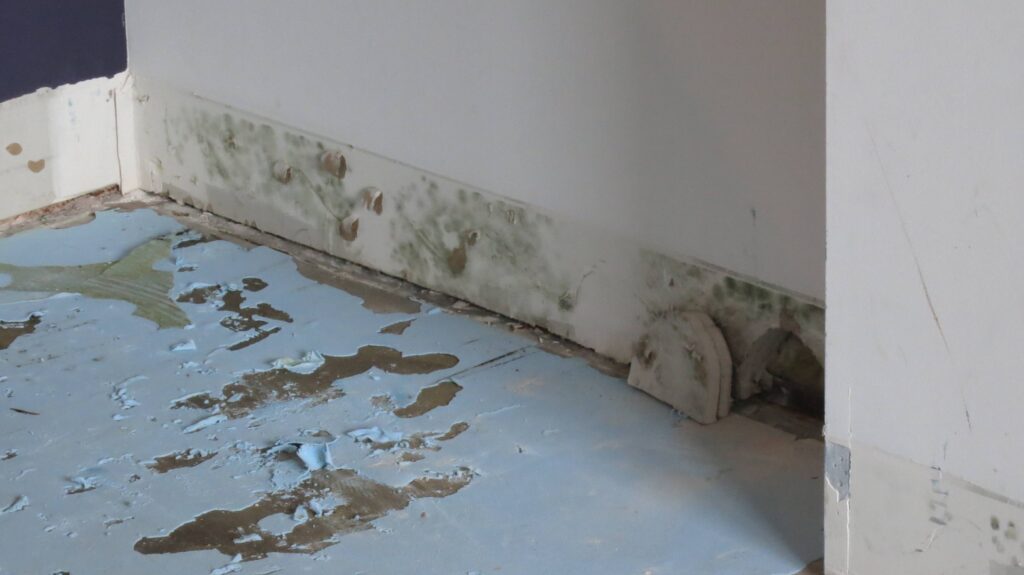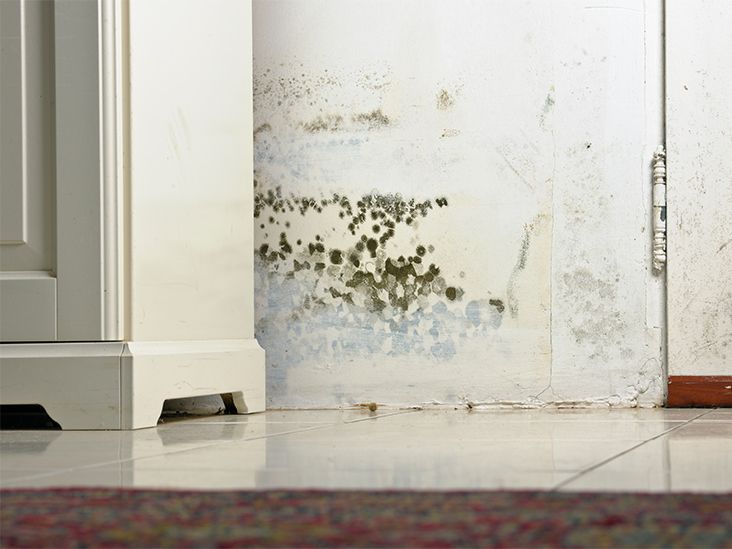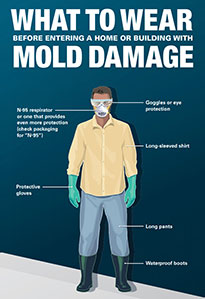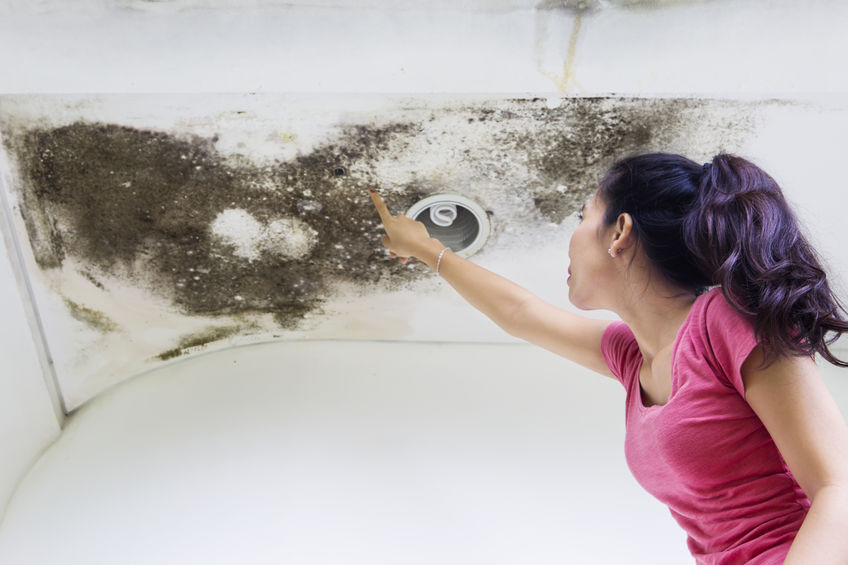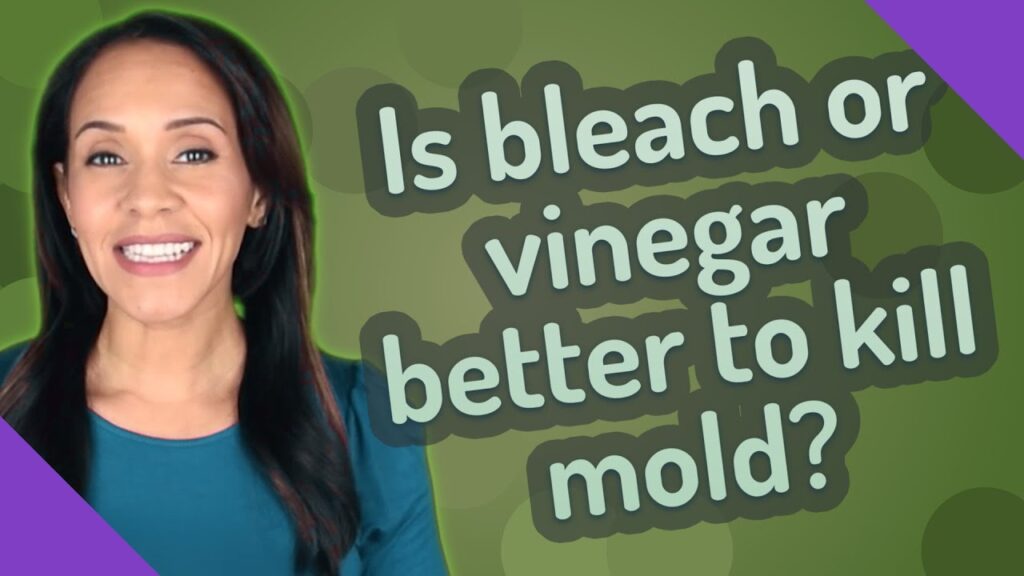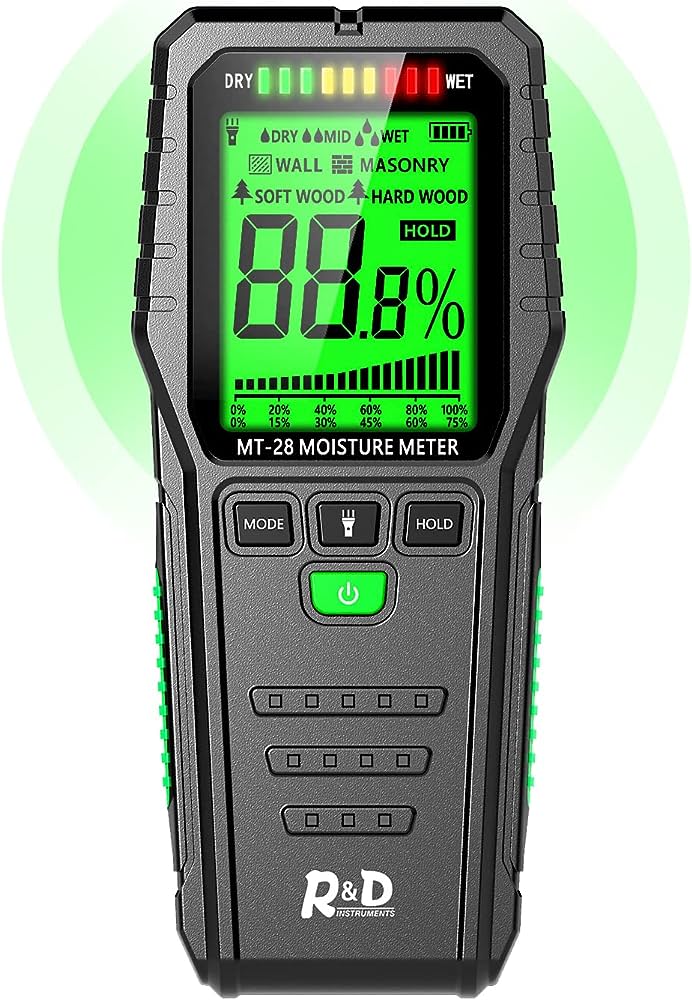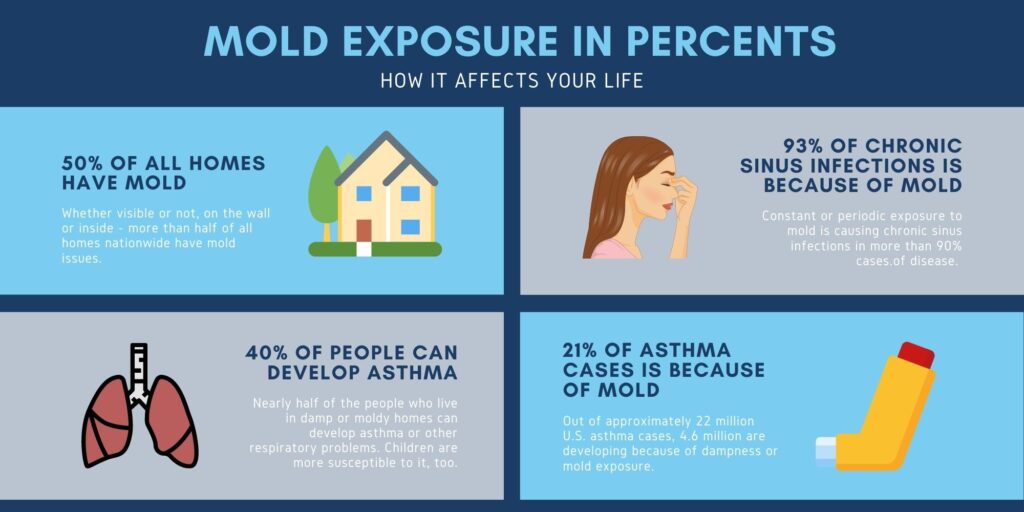If you’ve discovered mold on your drywall, you may be wondering if replacement is necessary. Mold can have serious health risks and it’s crucial to address it promptly. This article aims to shed light on whether or not you need to replace moldy drywall, providing you with the information you need to make an informed decision. From understanding the extent of the mold growth to evaluating the structural integrity, we’ll explore key factors that can help you determine the best course of action when it comes to dealing with moldy drywall.


Understanding Mold on Drywall
What is mold?
Mold is a type of fungus that thrives in damp, dark, and poorly ventilated areas. It can be found both indoors and outdoors, but it becomes a concern when it starts growing indoors, particularly on surfaces such as drywall. Mold reproduces by releasing spores into the air, and when these spores land on moist surfaces, they can grow and cause damage.
Why does mold grow on drywall?
Drywall is an organic material that provides an ideal environment for mold growth. When moisture is present, whether from a leaky pipe, condensation, or high humidity levels, it creates a breeding ground for mold on the drywall’s paper backing. The porous nature of drywall also allows mold to penetrate its surface, making it difficult to remove without proper remediation.
Visible signs of mold on drywall
Identifying mold on drywall is crucial for prompt remediation. Some of the common signs include:
- Discoloration: Mold can appear as black, green, brown, yellow, or white patches on the drywall.
- Odor: A musty or earthy smell may indicate the presence of mold.
- Texture: Mold-infested drywall may feel damp, soft, or crumbly to the touch.
- Distorted surfaces: Bulging, cracking, or peeling paint or wallpaper may be a sign of mold growth behind the drywall.
Health risks associated with mold on drywall
Mold can have detrimental effects on human health, especially if it is left untreated on drywall. Breathing in mold spores can trigger allergic reactions, such as sneezing, coughing, and respiratory problems. For individuals with asthma or other respiratory conditions, mold exposure can exacerbate their symptoms. Prolonged exposure to mold spores may also lead to more severe health issues, including fungal infections and immune system disorders. It is crucial to address mold on drywall promptly to prevent health risks.
Determining the Severity of Mold Infestation
Assessing the extent of mold growth
When facing a mold infestation, it is essential to evaluate the extent of the problem. Isolated patches of mold are generally easier to remediate compared to widespread mold growth. Inspect the affected areas and look for visible signs of mold, such as discoloration, texture changes, and odors. If the mold covers a large area or extends beyond the surface of the drywall, it may require professional intervention.
Identifying the type of mold
Different types of mold can grow on drywall, and some may pose more risks than others. While visible identification of mold by its color and texture can provide some indication, it is challenging to accurately determine the type without professional mold testing. Some types of mold, such as black mold (Stachybotrys chartarum), are known to be more hazardous and require immediate attention.
Assessing structural damage caused by mold
Mold growth on drywall can lead to structural damage if left unchecked. Over time, mold can weaken the drywall, causing it to become soft, warped, or even crumble apart. It is important to assess the structural integrity of the affected drywall. Signs of severe damage may include significant water stains, sagging or bulging sections, and a compromised surface that easily flakes off. If the drywall has been extensively damaged, replacement may be necessary to ensure the safety and stability of the structure.
Professional mold inspection and testing
To accurately determine the severity of the mold infestation, consider seeking professional assistance from mold inspection and testing services. These experts have the knowledge, tools, and experience to assess the extent of the mold growth and identify the type of mold present. Their expertise can provide valuable insights for making informed decisions regarding the remediation process.


Factors Influencing the Decision to Replace Drywall
Extent of mold contamination
The extent to which mold has contaminated the drywall is a crucial factor in determining whether replacement is necessary. If the mold growth is restricted to a small area, it may be possible to remediate the affected section without replacing the entire drywall. However, if the mold has extensively spread throughout the drywall or has infiltrated the inner layers, replacement may be the most effective solution.
Type of mold present
While all mold growth on drywall should be taken seriously, certain types of mold pose higher health risks than others. Black mold, for example, produces mycotoxins that can be harmful when inhaled or touched. If black mold or other toxic mold species are identified, it is strongly recommended to replace the affected drywall to ensure the removal of all potential hazards.
Presence of structural damage
Mold growth can compromise the structural integrity of the affected drywall. If the drywall has weakened, become soft, or shows signs of significant damage, replacement may be necessary to restore stability and prevent further issues. Structural damage can include water-damaged areas, extensive warping, or decayed sections that pose safety concerns.
Location of mold growth
The location of the mold growth can also influence the decision to replace drywall. If the mold is confined to non-structural areas, such as closets or isolated walls, it may be possible to cut out and replace the affected sections. However, if the mold is present in high-traffic areas or integral parts of the building’s structure, replacing the entire drywall may be necessary for aesthetic and functional reasons.
Health concerns and sensitivity to mold
Individuals with compromised immune systems, respiratory conditions, or severe allergies may be more sensitive to mold exposure. In these cases, it is advisable to err on the side of caution and replace the mold-infested drywall to minimize potential health risks. The decision should take into account the health and well-being of the occupants, prioritizing their safety and comfort.
Moisture source and remediation measures
To ensure the effectiveness of mold remediation, identifying and addressing the underlying moisture source is essential. If the moisture issue persists or is difficult to resolve, it increases the likelihood of recurring mold growth, even after remediation. Evaluating the feasibility of eliminating the moisture source and implementing proper preventative measures can help determine the necessity of drywall replacement.
Options for Mold Remediation on Drywall
Removing mold from drywall
In cases where the mold growth is localized and has not caused significant damage to the drywall, removal can be an option. This involves physically scrubbing the affected area with a mixture of detergent and water or a specialized mold cleaner. It is crucial to follow proper safety precautions, such as wearing protective gear and ensuring proper ventilation during the removal process. Afterward, the area should be thoroughly dried to prevent future mold growth.
Treating mold-infested drywall
Some mold remediation techniques involve treating the mold rather than removing the affected drywall completely. This can include applying fungicides or antimicrobial products to kill and prevent mold growth. However, this approach is generally most effective for minor cases of surface mold contamination and may not be sufficient for severe infestations or cases involving toxic mold.
Encapsulation and sealing
Encapsulation involves applying a specialized sealant to mold-infested drywall. This process creates a barrier that seals in the mold, preventing it from releasing spores into the air. Encapsulation is typically used when removing the mold entirely is not possible or practical. However, it is important to note that encapsulation does not eliminate the mold; it only contains it.
Bleach and antimicrobial cleaners
Bleach is commonly used as a household cleaner and disinfectant, but it may not be the most effective solution for mold remediation on drywall. While bleach can kill some types of mold on non-porous surfaces, it may not fully eliminate the mold on porous materials like drywall. Antimicrobial cleaners, specifically designed for mold remediation, can be a more suitable option as they address mold growth without damaging the drywall.
Drywall cutting and replacement
For severe mold infestations or cases involving structural damage, cutting out and replacing the affected drywall may be necessary. This ensures the complete removal of the mold and any compromised sections of the drywall. It is crucial to follow proper procedures during this process to minimize the spread of mold spores and ensure the new drywall is properly installed and sealed.
Surface coatings and sealants
Applying mold-resistant coatings or sealants can be a preventive measure to inhibit future mold growth on drywall. These products create a protective barrier that discourages mold colonization. However, surface coatings and sealants alone cannot remediate existing mold growth and should be used in conjunction with other remediation methods for optimal results.
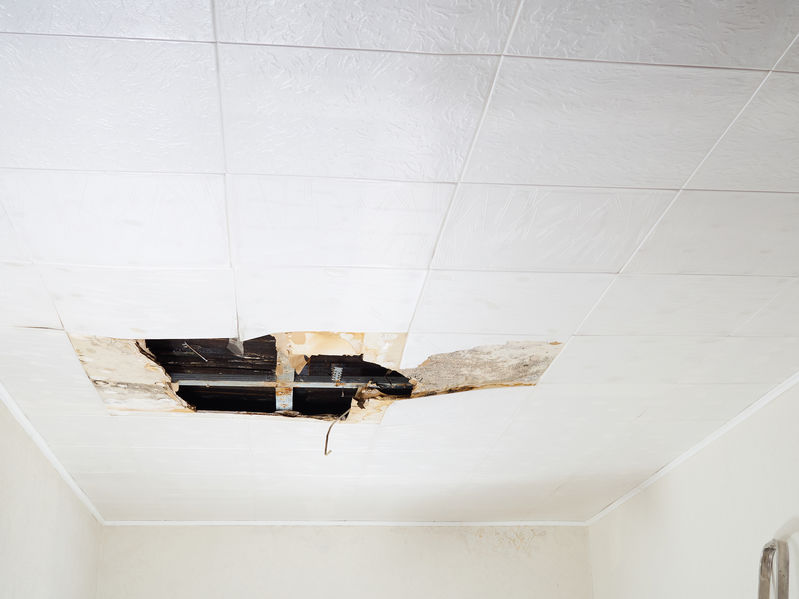

Professional Consultation and Testing
Seeking professional advice
When dealing with mold on drywall, it is often beneficial to consult professionals who specialize in mold remediation. Their expertise can provide guidance on the most appropriate course of action based on factors such as the severity of the mold infestation, the type of mold present, and the potential health risks involved. Professional advice is particularly important if the mold infestation is extensive, the mold type is toxic, or structural damage is present.
Professional mold testing
To accurately identify the type of mold present and assess the severity of the infestation, professional mold testing may be necessary. Mold testing involves taking samples from the affected areas, which are then analyzed in a laboratory. The results can provide valuable insights into the specific mold species present, the concentration of spores in the air, and potential health risks. Professional mold testing can help determine the appropriate remediation measures to be taken.
Considerations from mold remediation experts
Mold remediation experts have extensive knowledge and experience in dealing with mold on drywall. They can provide valuable advice on various aspects, such as the most effective remediation methods, the need for drywall replacement, and preventive measures to mitigate future mold growth. Taking into account the recommendations and considerations from these professionals can ensure a thorough and successful mold remediation process.
Safety Precautions during Removal
Ensuring proper personal protective equipment
When dealing with mold on drywall, it is crucial to prioritize personal safety. Wearing appropriate personal protective equipment (PPE) is essential to minimize exposure to mold spores. This may include wearing gloves, goggles, a respirator, and protective clothing. PPE helps prevent inhalation or direct contact with mold and reduces the risk of adverse health effects.
Ventilation and containment
During mold removal from drywall, it is important to ensure adequate ventilation to minimize the concentration of mold spores in the air. Open windows, use fans, or set up air purifiers to improve air circulation and reduce airborne spores. Additionally, containment measures, such as sealing off the affected area with plastic sheeting, can prevent the spread of mold spores to unaffected areas.
Minimizing airborne mold spores
To minimize the dispersion of mold spores during the removal process, it is important to adopt techniques that minimize agitation. This can include misting the affected area with water before beginning the removal process to suppress the release of spores. Using proper containment and maintaining controlled airflow can also help prevent the spread of mold spores to other areas of the property.
Safe disposal of mold-contaminated materials
Proper disposal of mold-contaminated materials is crucial to prevent the spread of mold to other areas. Mold-infested drywall and any other materials that cannot be effectively cleaned should be carefully bagged and sealed before removal from the premises. Following local regulations and guidelines for the disposal of mold-contaminated materials is essential to ensure proper handling and prevent further contamination.
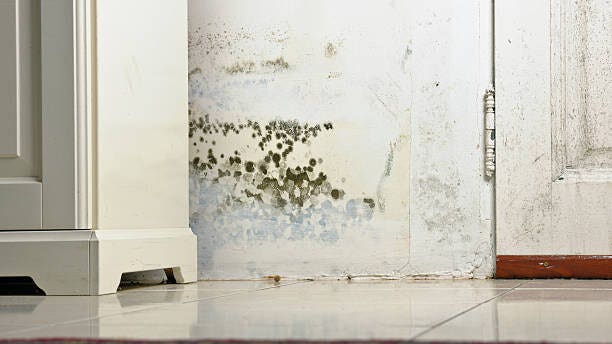

Regulations and Legal Requirements
Local building codes and regulations
When dealing with mold on drywall, it is important to consider and adhere to local building codes and regulations. These regulations may dictate specific requirements for mold remediation and the replacement of mold-infested drywall. Familiarize yourself with any applicable regulations and ensure compliance to avoid potential legal issues or complications.
Professional remediation standards
Professional mold remediation standards and guidelines, such as those established by organizations like the Environmental Protection Agency (EPA) or the Institute of Inspection, Cleaning and Restoration Certification (IICRC), provide industry-accepted practices for effective mold remediation. Following these standards can ensure that the remediation process addresses the mold infestation adequately and adheres to established best practices.
Insurance coverage and claim considerations
If you discover mold on your drywall, it is important to review your insurance policy to determine whether mold remediation is covered. Some insurance policies may cover the cost of remediation, particularly in cases where the mold growth is a result of a covered peril, such as a burst pipe or a storm. However, it is essential to understand the terms and conditions of your policy and any specific requirements for filing a claim.
Cost Considerations and Budgeting
Factors influencing mold remediation costs
Several factors can influence the overall cost of mold remediation on drywall. These include the extent of the mold infestation, the type of mold present, the location of the mold growth, the necessary remediation methods, and the level of professional assistance required. Smaller, localized mold issues are generally less expensive to remediate compared to extensive mold growth that requires significant drywall replacement.
Professional services vs. DIY cost comparison
When considering mold remediation on drywall, it is important to evaluate the cost effectiveness of hiring professionals versus attempting a do-it-yourself (DIY) approach. While DIY methods may appear more cost-effective initially, they can result in inadequate remediation, recurring mold growth, or potential health risks if not performed correctly. Professional services provide expertise, thoroughness, and the assurance that the mold problem is addressed comprehensively.
Insurance coverage for mold remediation
As mentioned earlier, insurance coverage for mold remediation can vary depending on the policy and the circumstances surrounding the mold growth. Reviewing your insurance coverage and discussing the specific mold-related clauses with your insurance provider can help determine if any costs associated with mold remediation on drywall can be covered.
Budgeting for drywall replacement if necessary
If drywall replacement is deemed necessary during the mold remediation process, it is important to budget for this additional expense. The cost of drywall replacement can vary depending on factors such as the square footage of the affected area, the type of drywall used (standard, moisture-resistant, or mold-resistant), and any necessary repairs to the underlying structure. Allocating sufficient funds for drywall replacement ensures the completion of a comprehensive mold remediation project.
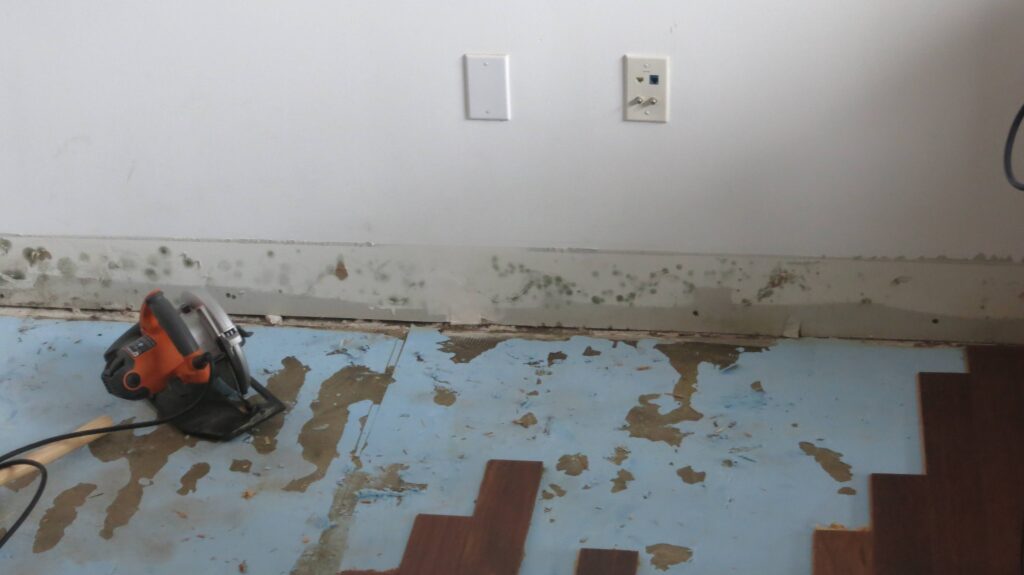

Preventive Measures for Mold Prevention
Controlling moisture and humidity levels
One of the most effective preventive measures against mold growth on drywall is controlling moisture and humidity levels within the building. Addressing any water leaks, fixing plumbing issues promptly, and ensuring proper ventilation in areas prone to high humidity can help prevent the conditions that promote mold growth. Using dehumidifiers, exhaust fans, or air conditioning can assist in maintaining optimal moisture levels.
Proper ventilation and airflow
Proper ventilation is essential to prevent stagnant air and reduce moisture buildup, which can contribute to mold growth on drywall. Ensure that areas such as bathrooms, kitchens, and laundry rooms have adequate ventilation systems in place. Opening windows periodically and utilizing fans can also improve airflow and help remove excess moisture.
Using mold-resistant drywall
In areas prone to moisture or with a history of mold issues, upgrading to mold-resistant drywall can be a preventive measure. Mold-resistant drywall is manufactured with additives that inhibit mold growth and discourage the spread of spores. While not entirely immune to mold, using mold-resistant drywall can provide an added layer of protection against potential infestations.
Regular maintenance and inspections
Regular maintenance and inspections of the building’s structure are essential for early detection of any mold issues on drywall. On a routine basis, visually inspect areas prone to moisture, such as basements, bathrooms, and laundry rooms. Pay attention to any signs of water damage, discoloration, or musty odors, and address them promptly to prevent further mold growth.
Addressing water leaks and plumbing issues
Water leaks and plumbing issues are common causes of mold growth on drywall. Promptly address any leaks, including both visible and hidden ones, to prevent moisture buildup and subsequent mold growth. Properly repair faulty plumbing, avoid excessive condensation, and ensure that the building’s water systems are well-maintained to minimize the risk of mold infestation.
Conclusion
When faced with mold on drywall, it is important to approach the situation with caution and seek professional guidance when needed. Understanding the nature of mold, assessing the severity of the infestation, and considering factors such as health risks, structural damage, and moisture sources are essential in determining the most appropriate course of action. Whether it involves removing the mold, treating the affected drywall, or ultimately replacing it, prioritizing safety, proper remediation techniques, and preventive measures is crucial for a successful mold remediation process. By being proactive and consulting professionals when necessary, you can effectively address mold on drywall and create a healthier, safer indoor environment.

